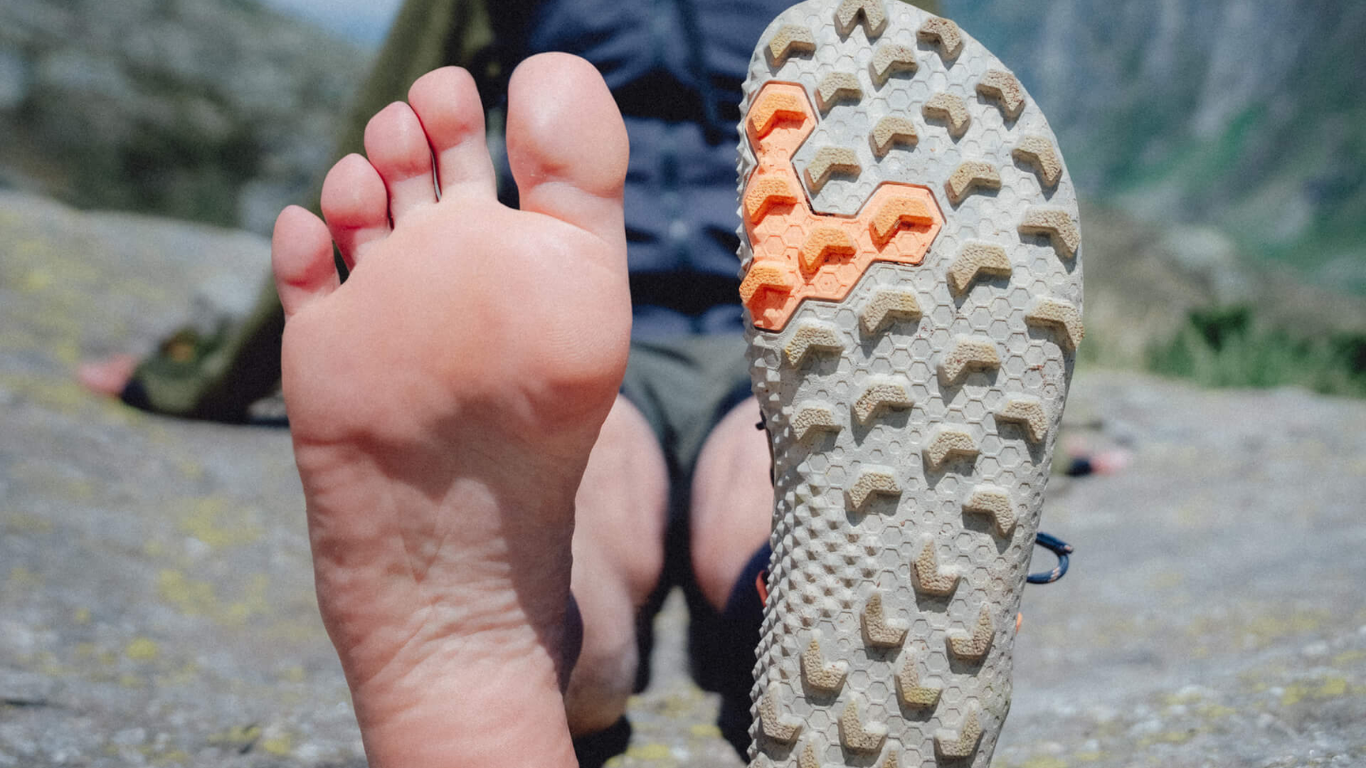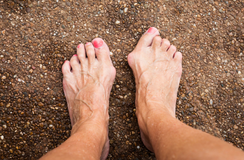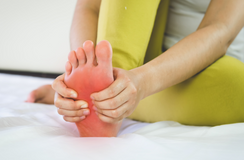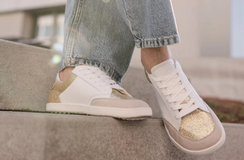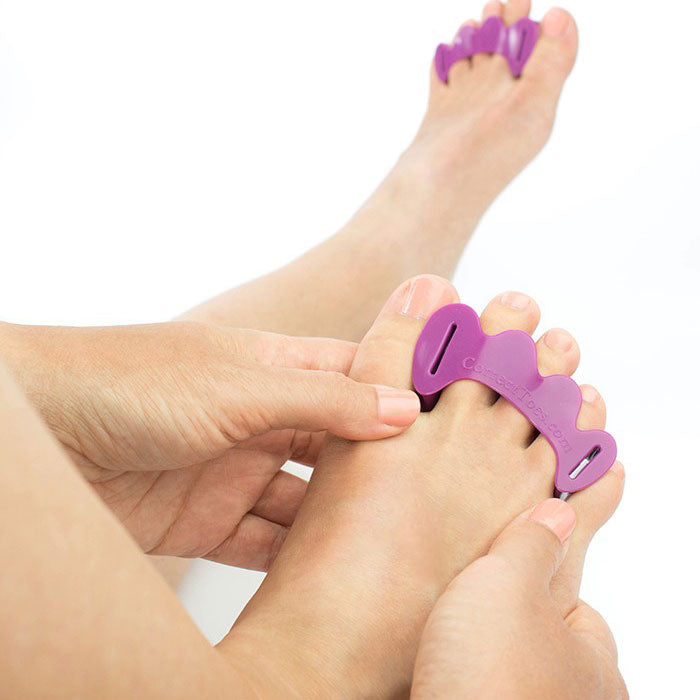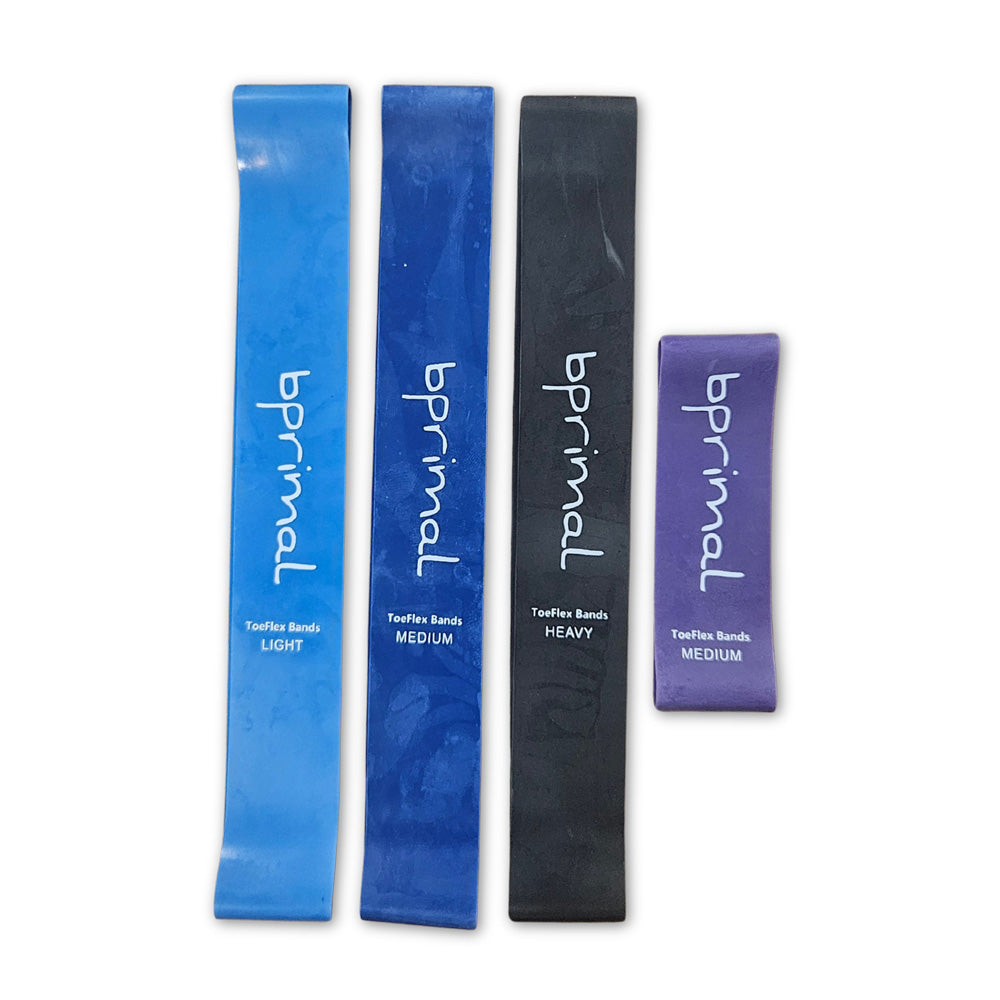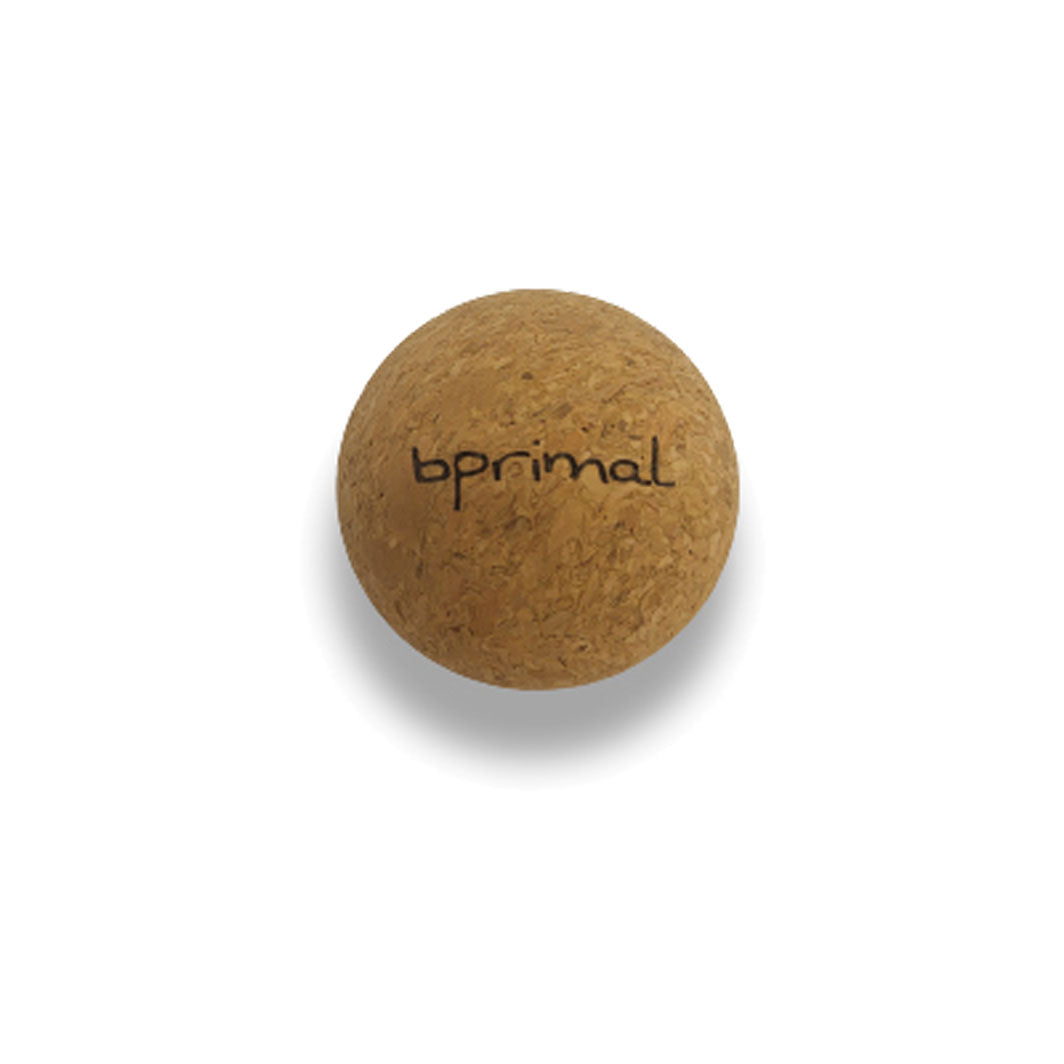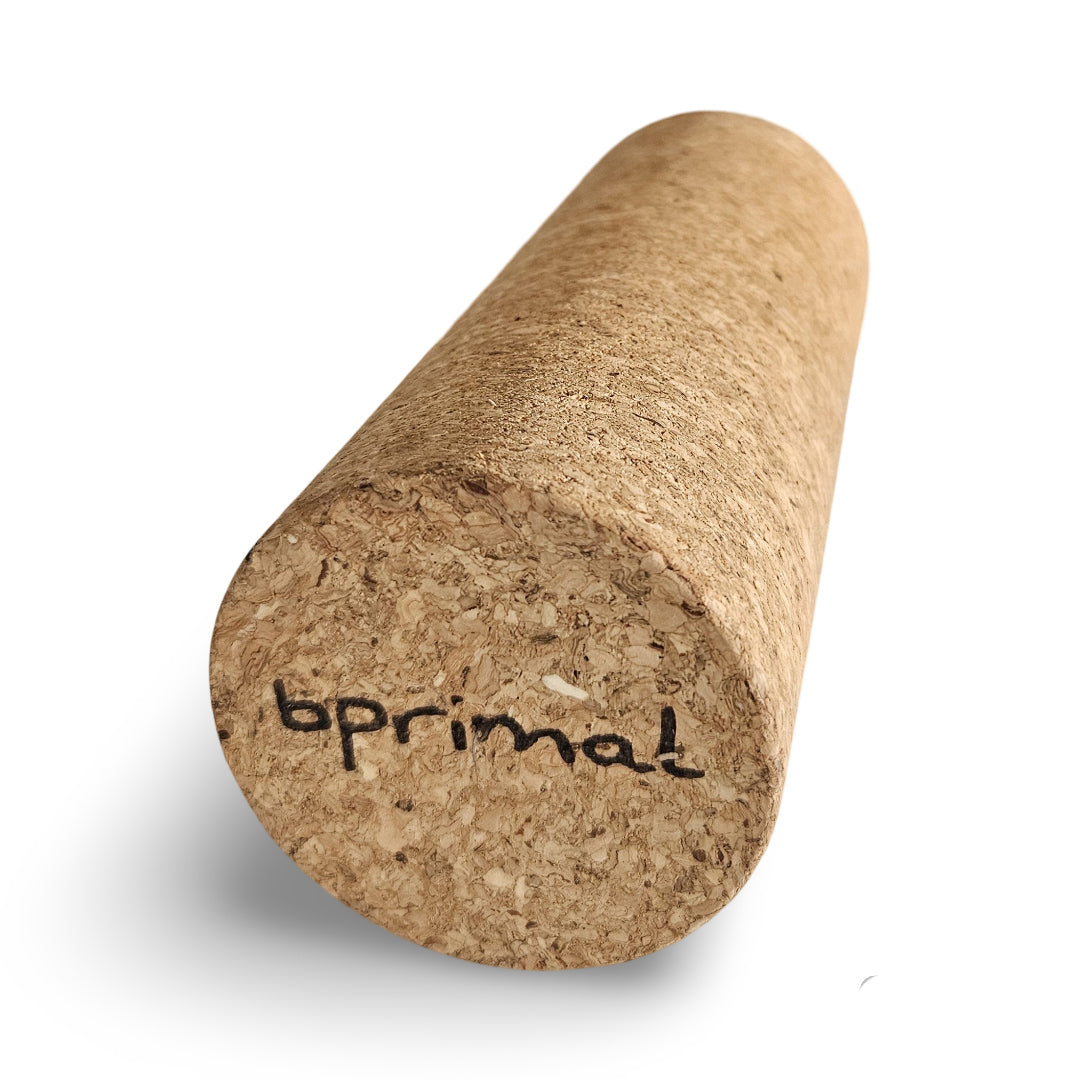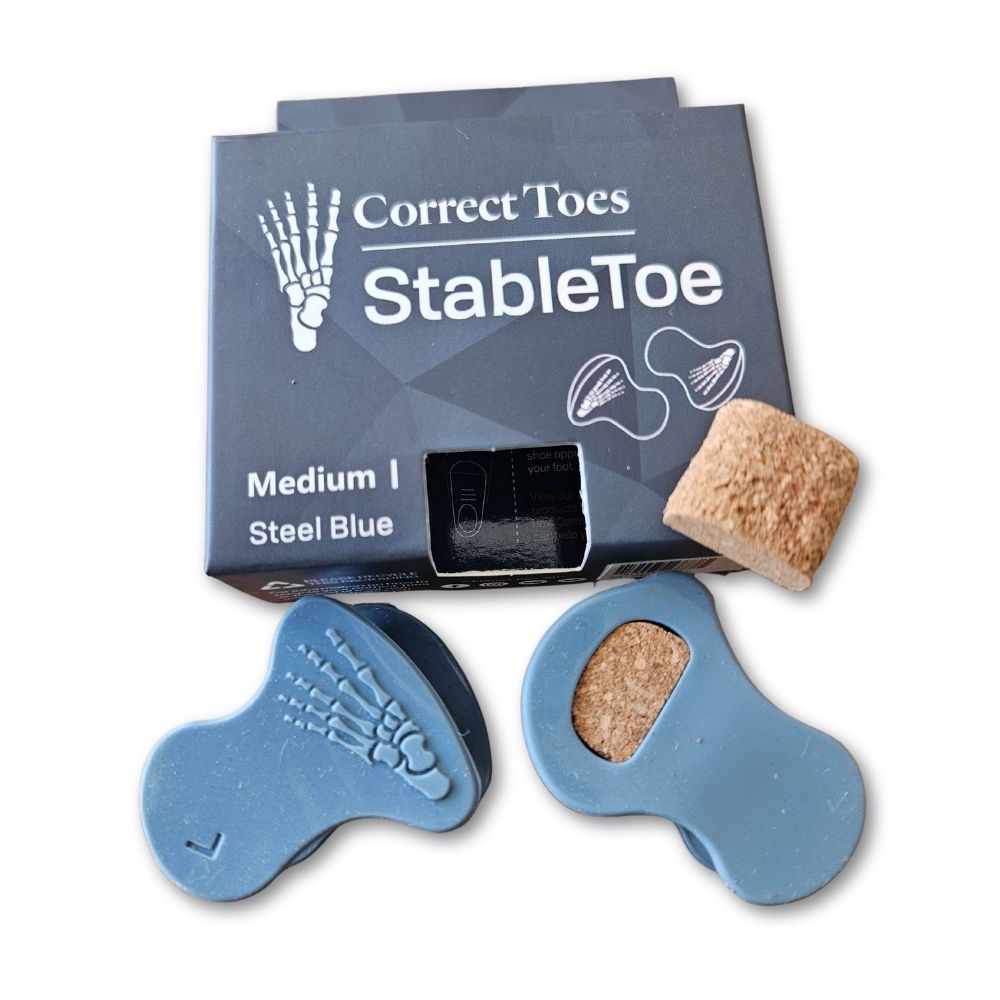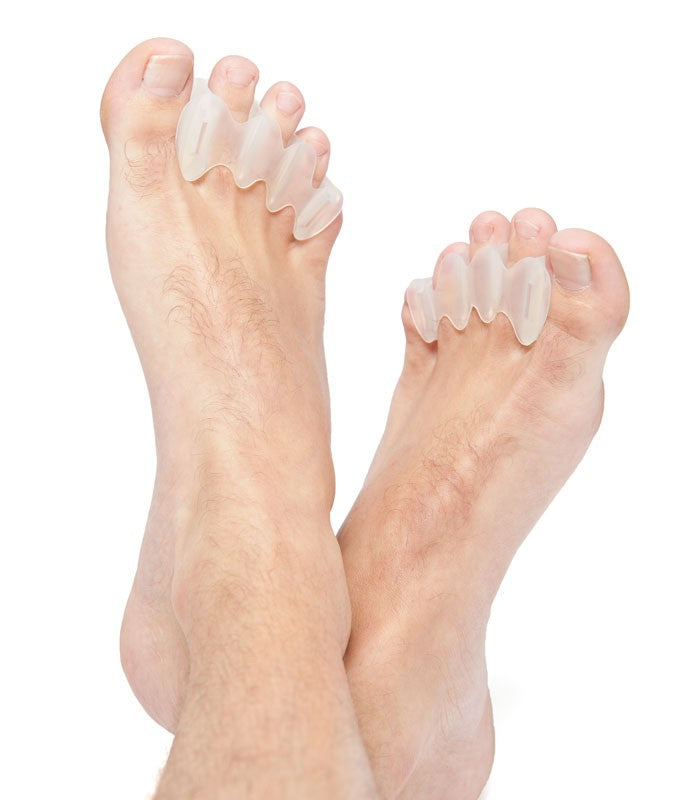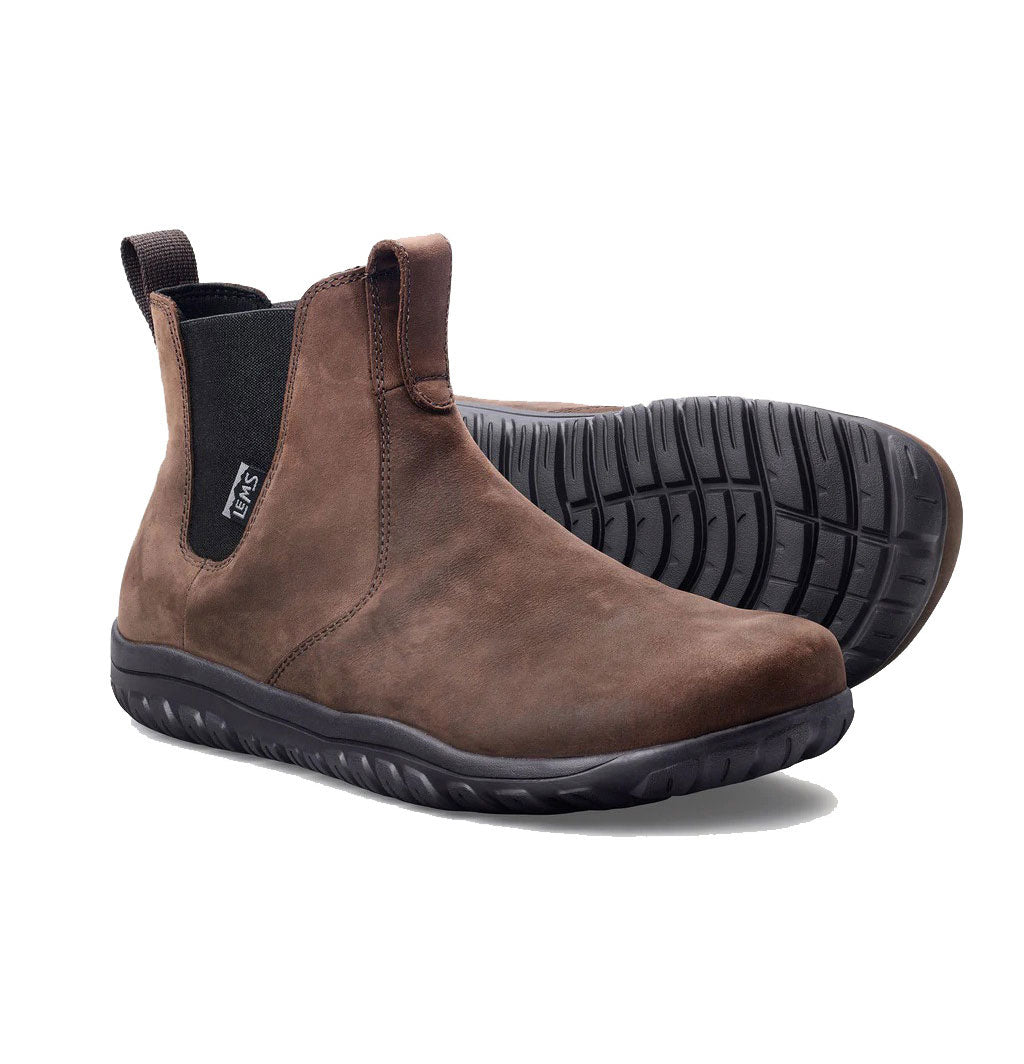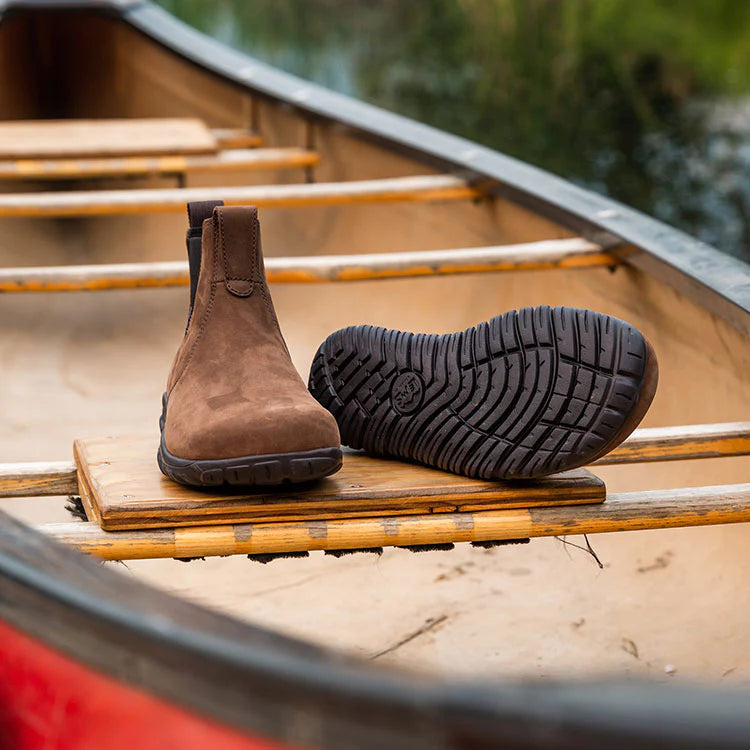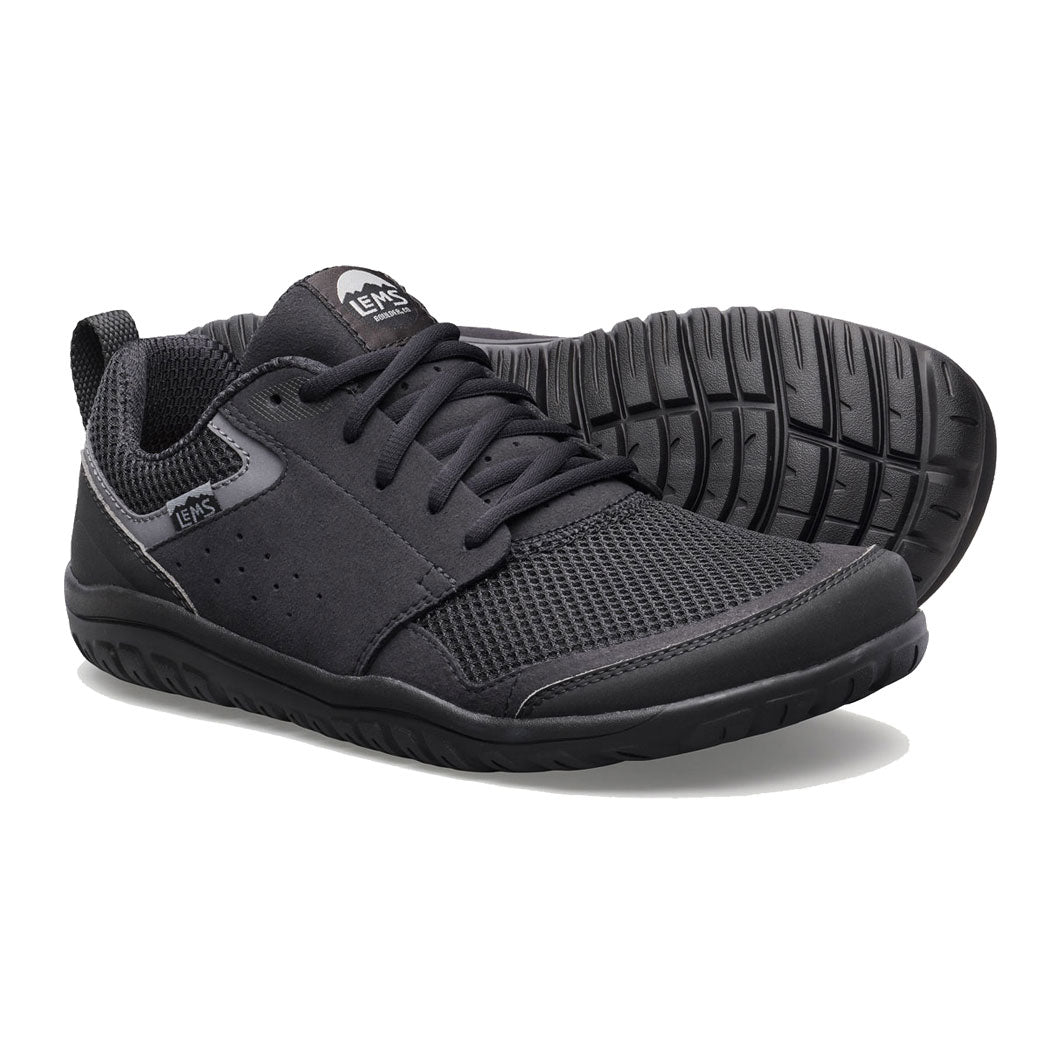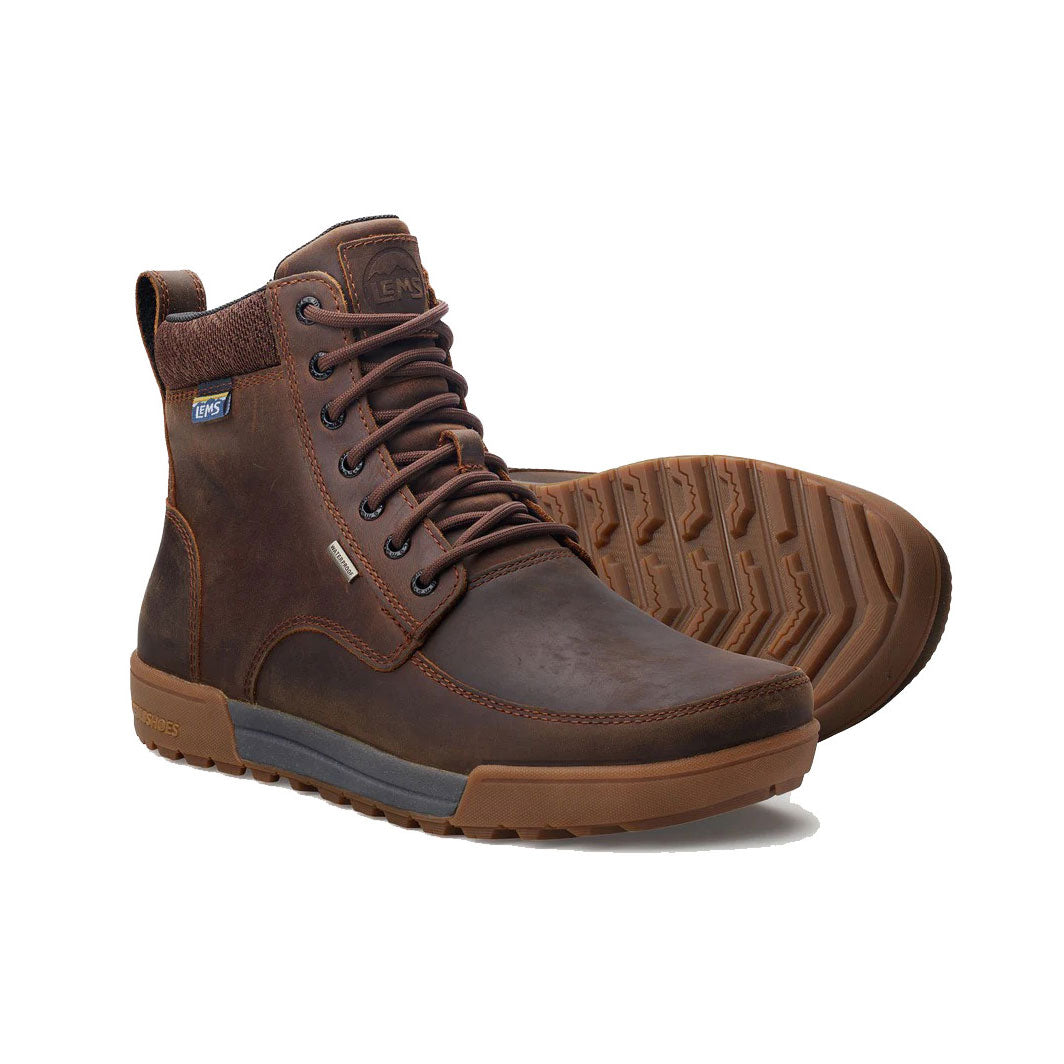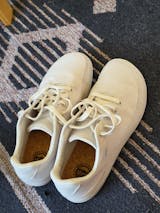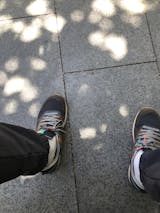After spending most of your childhood and adulthood wearing conventional shoes, transitioning to functional footwear can be a little difficult, yet absolutely necessary. By now, you may have become accustomed to narrow toe boxes that make your feet look slender, and excessive padding that feels good but in reality, causes more harm than good. The fact is that modern footwear simply isn’t made to benefit the natural functioning of your feet and, oftentimes, shoe brands mislead customers by promoting the very features of their products that are doing the most damage to your foot health. This includes elevated heels, cushioned arches, and of course, the style and structure which are rarely designed for optimal foot health.
Why are Conventional Shoes Bad for Your Feet?
To understand how damaging modern footwear is towards your foot health, you need to be reminded of what the primal human foot shape is. Before you look down at your own feet, you might want to do some research and look up pictures instead because there is a good chance that years of wearing conventional shoes have already altered the way your feet are shaped. If not, your toes should still be spread apart as opposed to the big and little toe curling inward while the rest of them are pinched together; your heel should be parallel with the front of your foot which is known as the forefoot; and your toes should not be unnaturally bent upward. Yes, such deformations of the feet are very common, and conventional shoes are to blame for them.
If you’re wondering what it is about modern shoe designs that are causing such harm, well, there are five distinct features that are largely responsible for the negative impact they have on your feet; take a look below:
Narrow Toe Boxes
The width and shape of conventional shoes are designed in a manner that restricts the natural spread of your toes by forcing them together. Overtime, this changes the shape of your feet, and causes the flexor muscles to grow weaker.
Hard & Rigid
Full range of motion when wearing shoes is important because limited movement of the foot leads to stiff joints and weakening of the muscles. It also affects balance and stability, thus putting you at a higher risk of injury.
Arch Support - Unnecessary Cushioning
When you cushion your feet with padded shoes, it eliminates the stimuli of certain muscle groups in the feet and legs. It can also cause overstriding when running while hindering stability of the feet.
Heel Rise
Cushioned, elevated heels are often advertised as a beneficial feature in modern footwear, yet, it limits the ankle’s range of motion, alters your body’s natural and correct alignment, reduces muscle stimulation in the calves, and throws your weight distribution out of balance.
Toe Spring
Do you notice how the tips of conventional shoes are raised? That’s because of the toe spring feature which keeps your toes raised and elevated for many hours in the day. This leads to tight extensors while also weakening your flexor muscles.
Just imagine the amount of damage these five shoe features cause collectively, and you will be rushing to replace your collection of modern footwear with pairs of healthy barefoot shoes!

Transitioning to Functional Footwear
The good news is that, with more people becoming aware of the negative impact modern footwear has on one’s foot health, barefoot shoes are quickly growing in popularity. This has led to many minimalist shoe brands creating diverse collections of barefoot shoes to suit every requirement, occasion, and budget. While the many options at your disposal make it easy to find a suitable pair, making the switch from conventional footwear to foot-shaped shoes can be challenging.
They will feel completely different from your regular pairs of shoes and, at times, even uncomfortable (in the beginning) because unlike modern footwear, they are not designed to compromise your foot health with excessive padding and elevated heels; instead, the very purpose of barefoot shoes is to mimic the act of walking barefoot in a bid to reap the benefits of doing so.
If you are completely new to functional footwear, here are some very useful tips to transition to barefoot shoes safely, and set your feet free!
Give Yourself Enough Time to Adjust
Before you start wearing your new minimalist shoes outside (likely for a long period of time), use them in the house for about 20-30 minutes every day. This will allow your feet and yourself to adjust to the new sensations and feelings experienced when walking around in the shoes. You will also notice changes in your gait which is a sign that you are developing a more natural stride where you lead with your forefoot as opposed to striking the ground with your heel first. Depending on your progress during the ‘trial’ phase, increase the wearing time by 15-20 minutes until you have fully adapted to your barefoot footwear, and then you are free to wear them whenever, wherever!

Go Barefoot More Often
There are several benefits of walking barefoot but, just like switching to functional footwear, it must be a gradual process. One such benefit is that the more often you practise barefoot living, the easier it will be to transition to barefoot shoes.
Some of the positive changes that occur when walking barefoot include strengthening of muscles in the toes and feet, conditioning the soles of the feet, increasing joint flexibility, and improving balance. Overall, going barefoot for short periods of time in the day helps advance foot adaptations in a safe way.
Adopt a Foot Exercise Regimen
Focused training of the feet is a great way to facilitate the switch from modern footwear to barefoot shoes. These targeted exercises help regain natural functions of the feet that have deteriorated from wearing restrictive footwear over the years. Best of all, they are incredibly simple, and can be performed multiple times during the course of the day.
Some of the most effective exercises for better feet health are:
- Tennis or Cork Ball roll
- Toe extensor stretch
- Hammertoe stretch
- Toe splay * Big toe stretch
- Achilles stretch
- Toe curls
Apart from daily foot exercises, consider transitioning to barefoot workouts by taking off your shoes when performing basic training exercises. Over time, as your foot muscles are strengthened and tendons are relieved of tightness, your feet will redevelop the stability, resilience, and strength they are intended to naturally possess.


Now, all that’s left to do is find the best barefoot brands for the perfect functional footwear, and make the switch to enjoy happy and healthy foot freedom for the rest of your days!
At bprimal, we work with shoemakers and brands who create natural footwear that are made to encourage better foot health by repairing the damage caused by long term use of modern shoes. These minimalist or healthy footwear alternatives ensure proper preservation of one’s natural foot shape and function thanks to their inclusion of all the design specifics needed to achieve optimal foot health. Some of these features include wide toe boxes, slim and flexible soles, and no heel elevation.
Our involvement and interaction with people who create and promote products that help individuals fix their foot problems has also inspired us to spread crucial awareness – relating to prioritising foot health as told by the experts – via our blog. Learn More - check out bprimal educational articles here, and browse through the different brands and collections of natural footwear and foot health restoration products we carry.
DISCLAIMER:
The above content is for educational or informational purposes only and is not intended to replace or augment professional medical instruction, diagnosis, or treatment. Read the full Terms and Conditions & Disclaimer here




